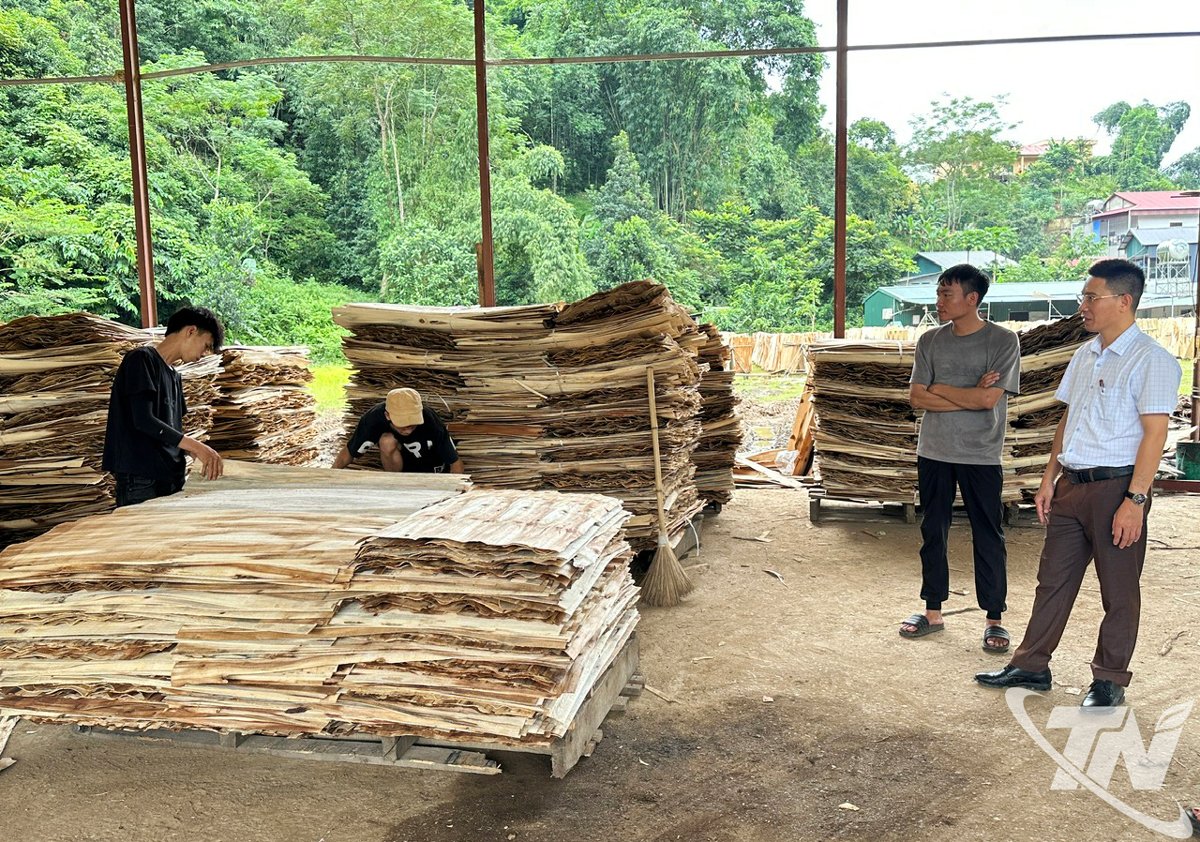 |
| An Thanh Huy Company Limited's ( Hanoi ) wood processing facility located in Bang Thanh commune regularly purchases wood from local people, creating a stable output for forestry products. |
Planting and exploiting production forests has become the main direction, helping many households in the northern highland communes of the province gradually escape poverty sustainably and become rich. Over the past years, the forest planting movement has developed strongly, forming concentrated production areas, greening bare hills and mountains and creating a long-term source of livelihood for the people.
Mr. Luc Van Ban's family, Ban Khua village, Bang Thanh commune, is one of the pioneering households in afforestation. Mr. Ban shared: My family has more than 10 hectares of acacia forest, planted in rotation for more than 10 years. Each hectare of acacia after 6-7 years of exploitation brings in an income of 80 to 100 million VND. After deducting expenses, the profit is about 300-400 million VND, which is the main source of income for the whole family.
Currently, the northern part of the province has over 100,000 hectares of planted forests, mainly concentrated in the highland communes. The annual exploitation output reaches hundreds of thousands of cubic meters of wood, bringing a large source of income to the people and businesses. Many families have an income of hundreds of millions of VND each year from production forests, contributing to rapid and sustainable poverty reduction.
To reduce exploitation and transportation costs, from 2021 to now, Bac Kan province (before the merger) has invested more than 200 billion VND to build 251 forestry routes, with a total length of nearly 500km. These routes help vehicles transport to the foot of the forest, purchase wood conveniently, significantly reducing labor and costs for people.
Mr. Duong Van Quynh, Chairman of Nghien Loan Commune People's Committee, said: In recent years, afforestation has become a vibrant movement. The whole commune has over 1,000 hectares of planted forests. After exploitation, people proactively replant immediately, not leaving the land bare. Some households such as Mr. Quan Van Xuat and Quan Van Truong (Thom Meo village) earn hundreds of millions of dong each cycle thanks to cinnamon and fat forests.
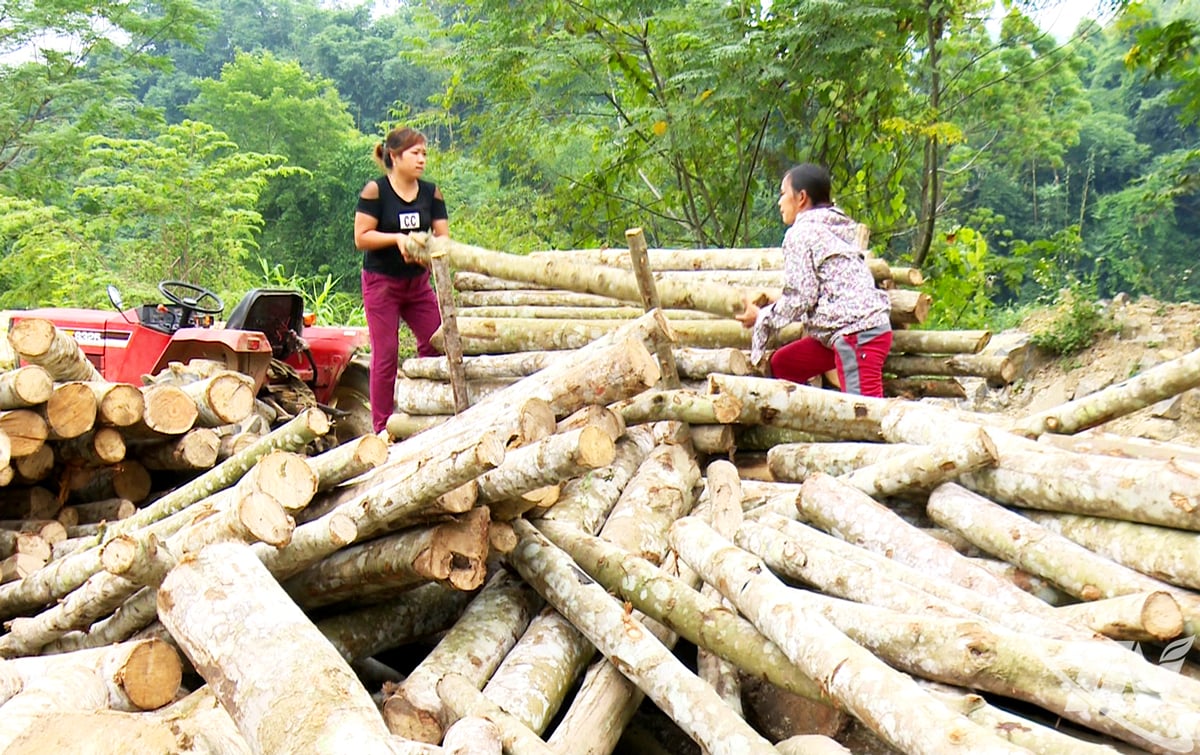 |
| People of Nghien Loan commune harvest wood to sell to traders. |
Income from planted forests helps many households invest in machinery and production equipment, build solid houses, and provide their children with a full education. Along with that, the road system into the production forest is gradually being hardened, creating favorable conditions for exploitation, transportation, and development of the forestry economy in the direction of goods.
Currently, localities encourage people to switch from planting small timber forests to large timber forests, with a 10-15 year cycle, with high-value trees such as cinnamon, teak, mahogany, pine... Developing this model not only increases economic value but also helps to use forest land effectively, contributing to protecting the ecological environment.
Many wood, paper and particle board processing enterprises are also expanding their scale in highland communes, forming a closed value chain from planting, exploiting, processing and consuming forestry products.
Not only bringing economic benefits, planted forests also play an important role in natural disaster prevention, climate regulation, and greenhouse gas emission reduction. Newly planted and naturally regenerated forests help to retain soil, retain water, limit erosion, and create a stable ecological environment for agricultural and forestry production.
Many households now combine forest planting with beekeeping for honey and growing medicinal herbs under the forest canopy, improving land use efficiency and increasing sustainable income.
From the vast green forests, the people of the highlands not only have more income, improve their lives but also join hands to preserve the green color of their homeland. Planted forests are affirming their dual role as both a "green livelihood" for the people and an important resource for green economic development and sustainable growth.
With the orientation of developing forestry in a modern, responsible and nature conservation-related direction, the northern mountainous communes of Thai Nguyen province are continuing the journey of getting rich from the forest - making green from the people's hearts.
Source: https://baothainguyen.vn/kinh-te/202510/rung-trong-dem-lai-thu-nhap-cao-36008b4/




![[Photo] Opening of the 13th Conference of the 13th Party Central Committee](https://vphoto.vietnam.vn/thumb/1200x675/vietnam/resource/IMAGE/2025/10/6/d4b269e6c4b64696af775925cb608560)

![[Photo] Prime Minister Pham Minh Chinh chairs the Government's online conference with localities](https://vphoto.vietnam.vn/thumb/1200x675/vietnam/resource/IMAGE/2025/10/5/264793cfb4404c63a701d235ff43e1bd)
![[Photo] Prime Minister Pham Minh Chinh launched a peak emulation campaign to achieve achievements in celebration of the 14th National Party Congress](https://vphoto.vietnam.vn/thumb/1200x675/vietnam/resource/IMAGE/2025/10/5/8869ec5cdbc740f58fbf2ae73f065076)
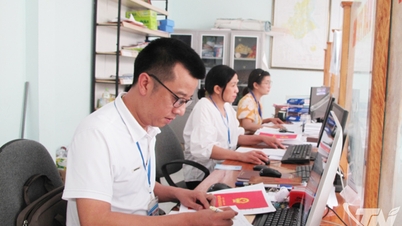
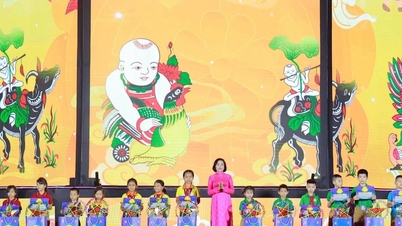


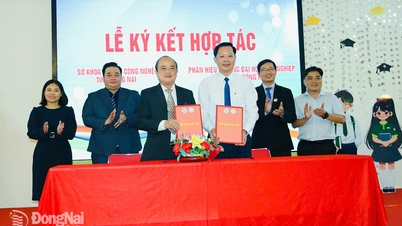

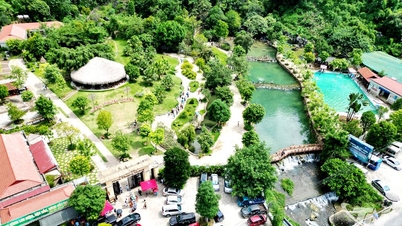

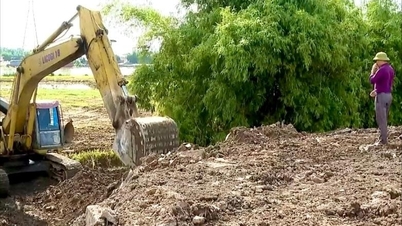

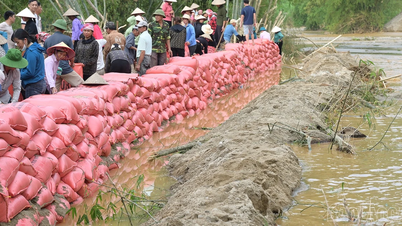

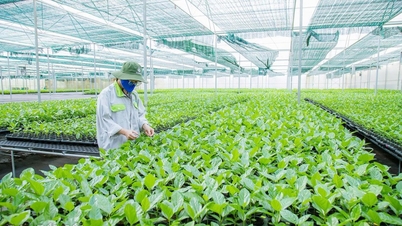

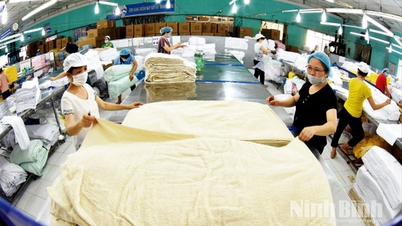










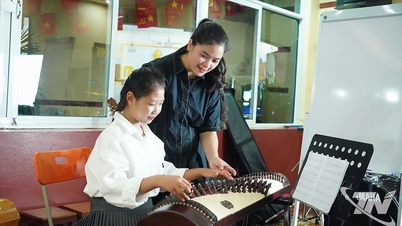

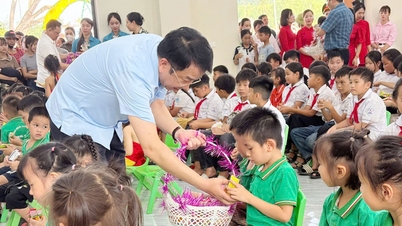
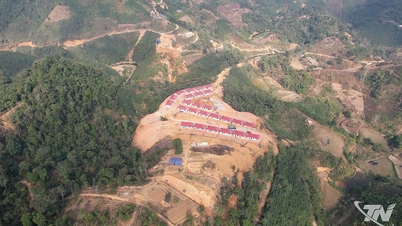
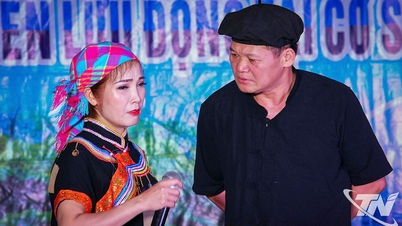



























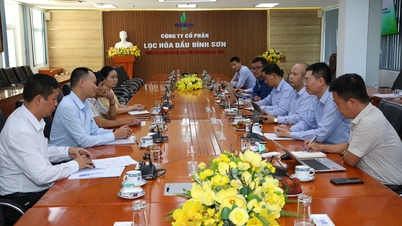



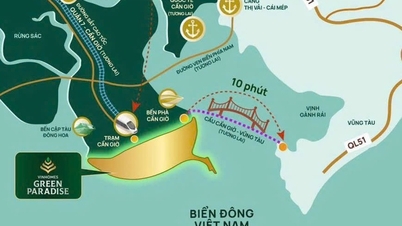

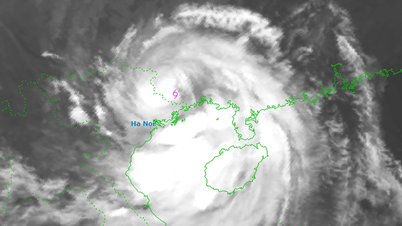

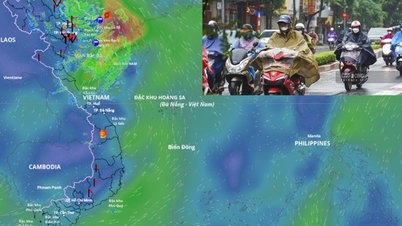


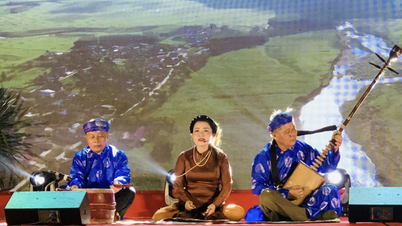

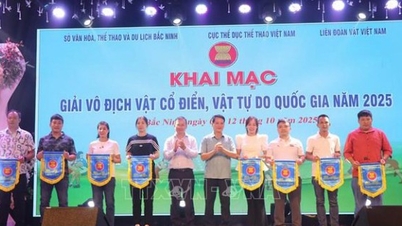

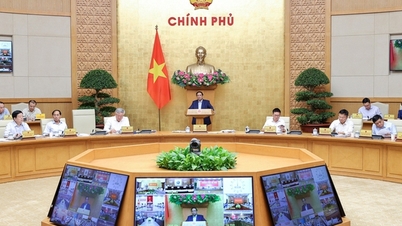
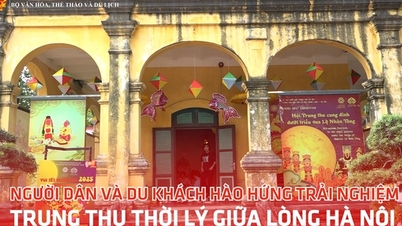

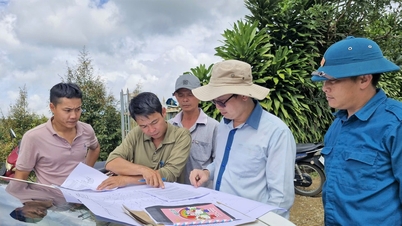





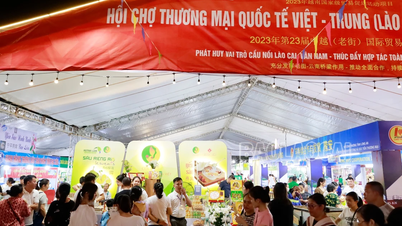

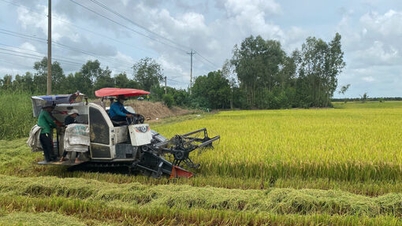













Comment (0)